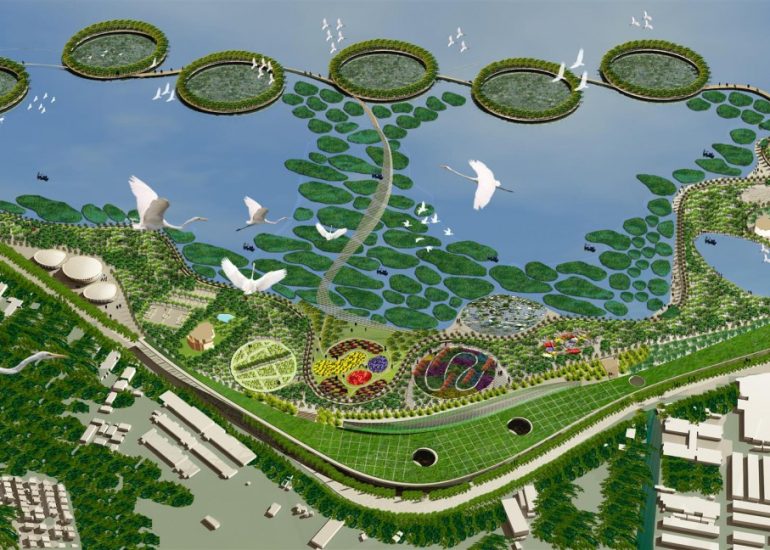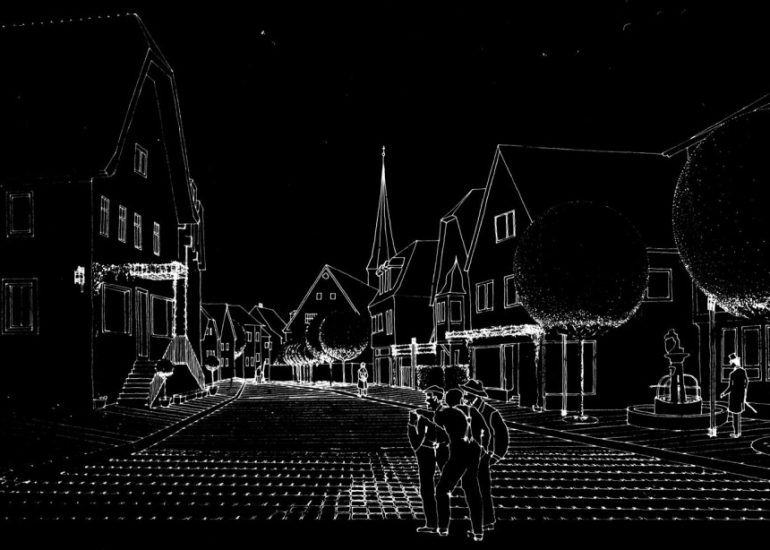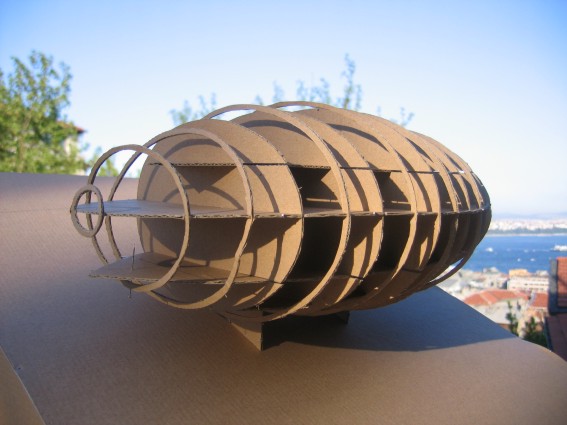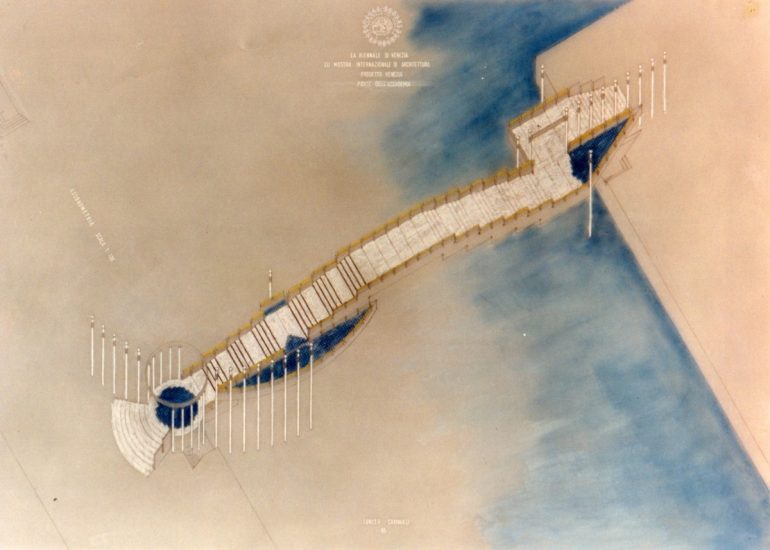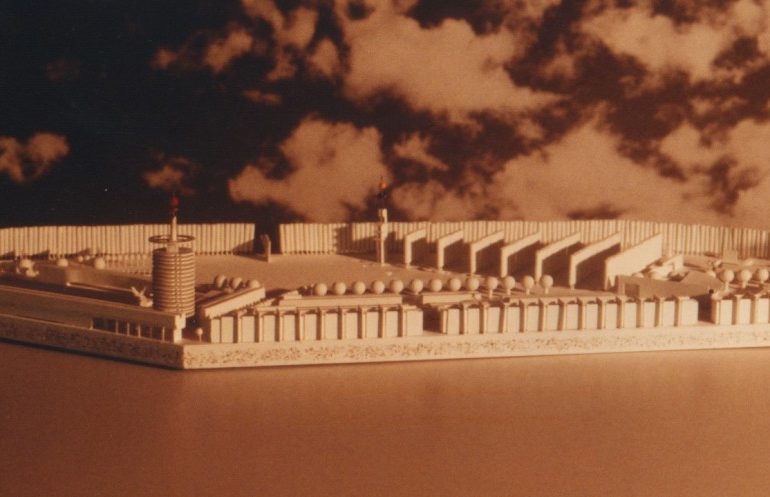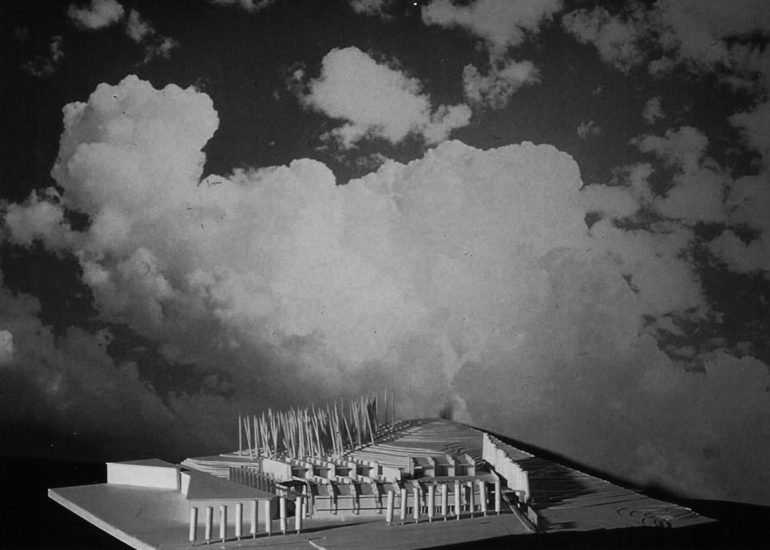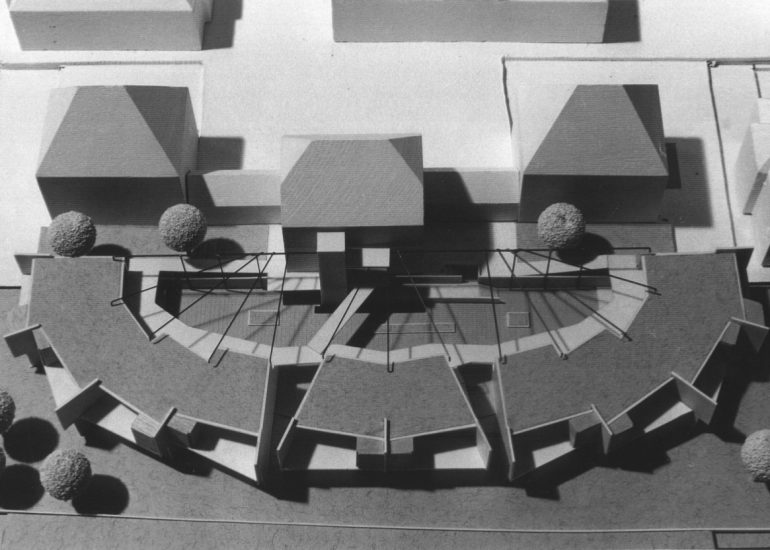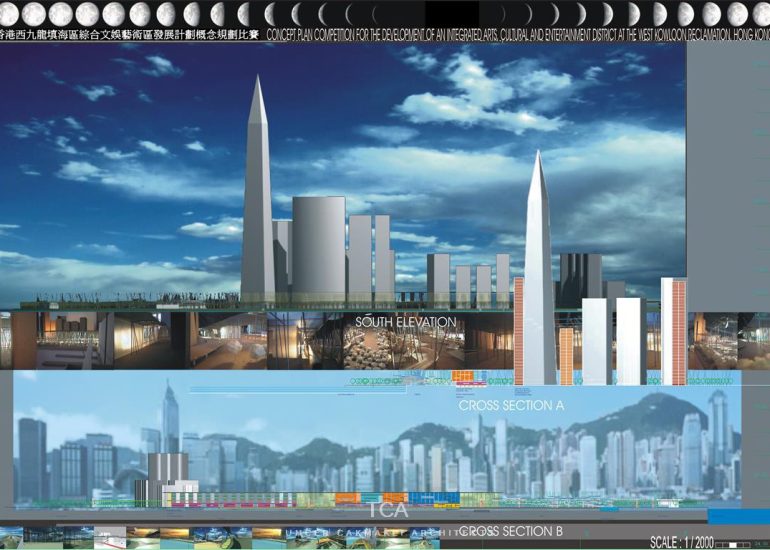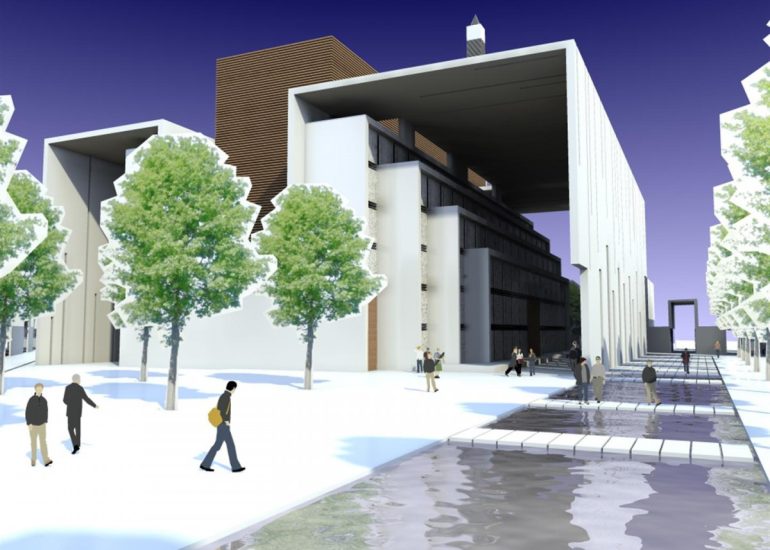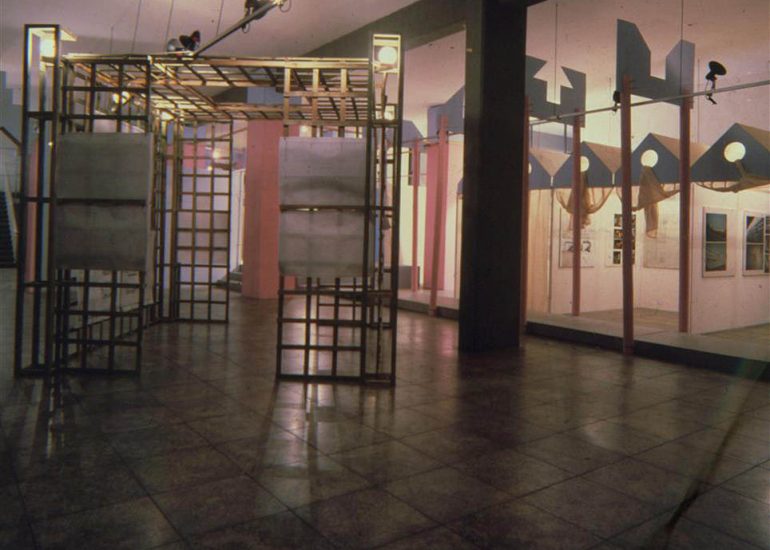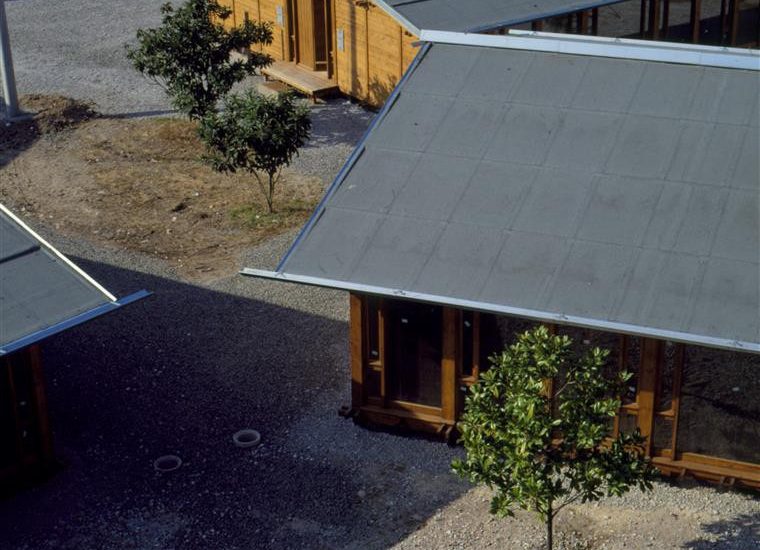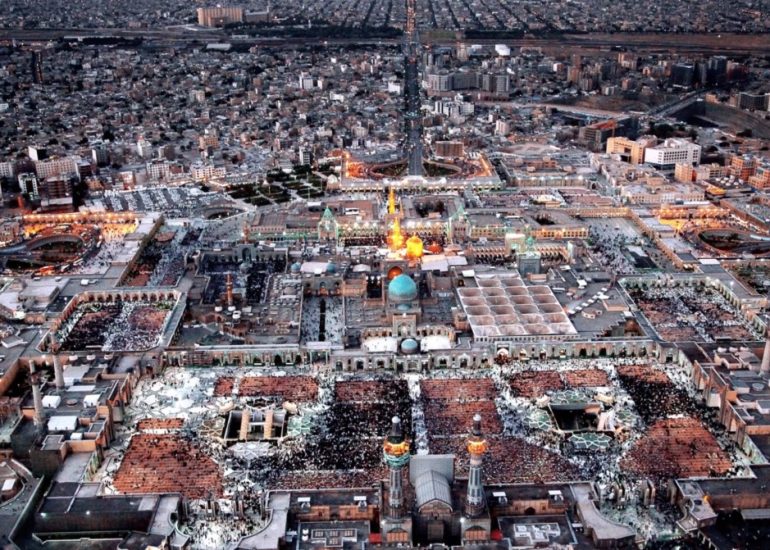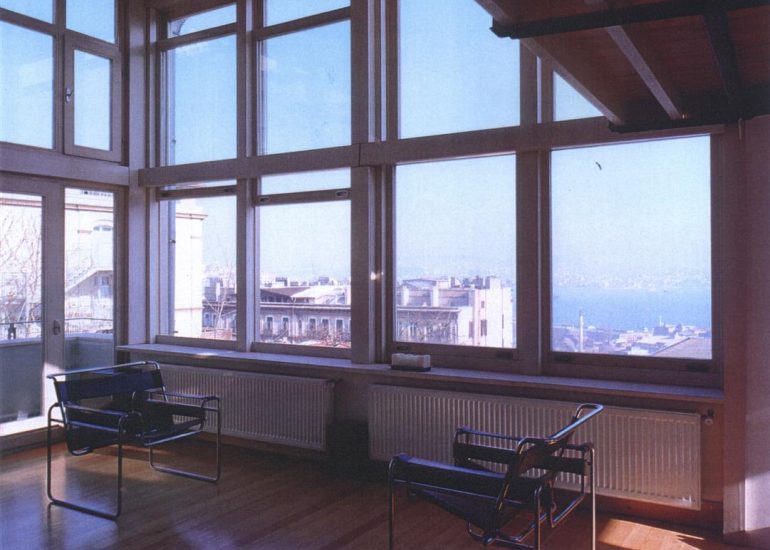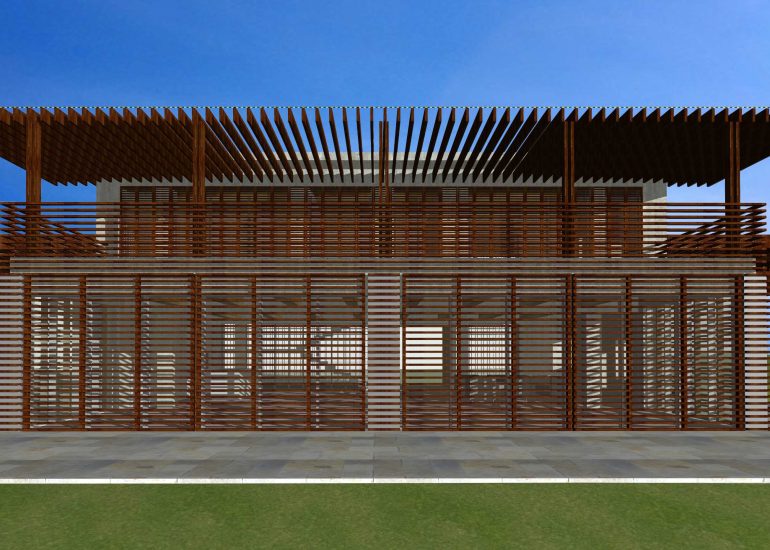Erenköy Mental Health and Neurological Diseases Training and Research Hospital
Bizimköy Architectural DesIgn CompetITION
The Istanbul Erenköy Mental Health and Neurological Diseases Training and Research Hospital is located on a 9.7 hectares green island within a dense urban environment surrounded by high-rise residential buildings. It serves as a city grove, offering a refuge amidst the urban landscape.
For the mental and neurological health campus to truly provide healing, it must go beyond medical and psychological treatment to deliver high-quality healthcare through an architectural and landscape design that fosters tranquility, functional ease, rapid accessibility, and a therapeutic environment.
Research into the location and architectural solutions for healthcare campuses highlights the critical importance of creating a healing environment. Key elements include integration with nature, strong visual connections between spaces, and landscaping enriched with therapeutic gardens to facilitate nature-based therapies.
In addition to the natural surroundings, the architectural design must prioritize access to natural light, fresh air, and a clear definition of private and communal spaces. It should establish zones of freedom, offer easily comprehensible spatial proportions and relationships, and provide a diversity of functional options.
Transforming the existing multi-bed configuration into single-patient rooms will give patients private spaces, which is a crucial step toward enhanced therapeutic outcomes.




Architectural Design Principles
The design of the new healthcare campus aims to integrate functional spaces that create healing, blending architectural and landscape elements harmoniously while enriching the site’s existing natural qualities.
All new structures, except for those designated for preservation, will be located in non-forested areas of the campus and around existing trees. This ensures the preservation of the natural environment while transforming the space into a park enriched with diverse plants and trees that foster healing.
The design concept eliminates boundaries between indoor and outdoor spaces, creating areas that blend seamlessly with nature while offering protection from the elements.
The facades of all new buildings are envisioned as lace-like structures, designed to minimize tree loss while promoting greenery. Vertical gardens will flourish on these facades and rooftops, inviting birds with their fruits and supporting biodiversity.
The structural framework, except for basement levels, will be built entirely using steel and dry construction techniques, ensuring minimal impact on the existing trees during construction.
The facades of inpatient clinics will be surrounded by lace-like structures adorned with greenery. These green facades will feature climbing plants such as jasmine, which bring color and fragrance to the spaces, provide food for birds, and contribute to the therapeutic atmosphere for patients.
The design of enclosed spaces will move away from conventional hospital layouts of corridors and rooms, reimagining them as neighborhoods and social living areas.


Landscape Design
The landscape design incorporates open green spaces offering diverse experiences year-round, allowing patients to engage with the outdoors.
Architectural and landscape strategies focus on preserving the campus’s scale and existing tree structure, enabling patients, doctors, staff, children, and visitors to live in harmony with nature (through sensory experiences of knowledge, health, color, scent, and sound). The design aims to create flexible-use parks and gardens that enrich perceptions, emotions, and experiences for everyone.
The campus will feature biotope ponds of varying sizes and locations. These self-sustaining ponds, enriched with fish and aquatic plants, require minimal maintenance and serve as places of peace and reflection. They offer visitors a chance to dream under the open sky, providing therapeutic stops that create daily moments of healing.



















